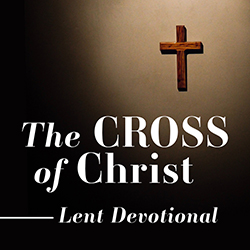Reading: The Cross of Christ pg. 173-179
For even the Son of Man came not to be served but to serve, and to give his life as a ransom for many.
Mark 10.45
We now move from propitiation to redemption. In seeking to understand the achievement of the cross, the imagery changes from temple court to marketplace, from the ceremonial realm to the commercial, from religious rituals to business transactions. For at its most basic to ‘redeem’ is to buy or buy back, whether as a purchase or a ransom. Inevitably, then, the emphasis of the redemption image is on our sorry state-indeed our captivity-in sin which we made an act of divine rescue necessary. Propitiation focuses on the wrath of God which was placated by the cross, redemption on the plight of sinners from which they were ransomed by the cross.
…in addition to the plight from which, and the price with which we are ransomed, it draws attention to the person of the redeemer who has proprietary rights over his purchase. Thus Jesus’ lordship over both church and Christian is attributed to his having bought us with his own blood…Remembering that Jesus Christ has bought us with his blood and that in consequence we belong to him should motivate us as individual Christians to holiness, just as it motivates presbyters (elders) to faithful ministry and the heavenly host to worship. | Stott, pg. 173,178
What are the practical implications of the idea that the Redeemer “has proprietary rights over the purchase”?
Redeemed, how I love to proclaim it!
Redeemed by the blood of the Lamb;
Redeemed through His infinite mercy,
His child, and forever, I am.
Redeemed, redeemed,
Redeemed by the blood of the Lamb;
Redeemed, how I love to proclaim it!
His child, and forever, I am
-Fanny Crosby

